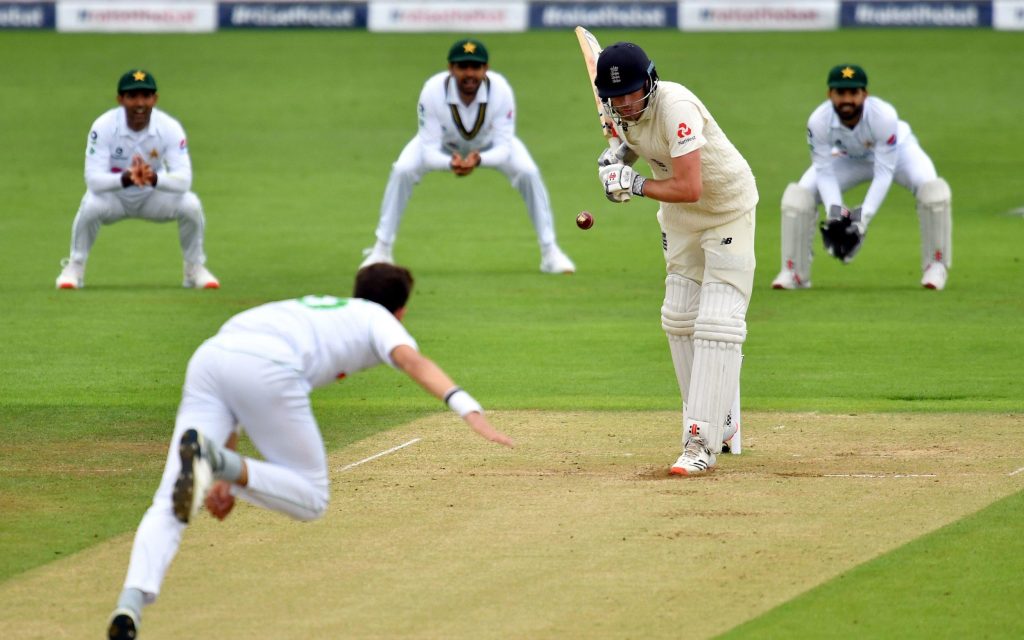While batting and bowling often steal the limelight, the T20 World Cup has consistently highlighted the crucial role of fielding in determining match outcomes. Sharp fielding efforts can differentiate between victory and defeat in a format where every run matters. A brilliant piece of fielding can inspire a team, break a key partnership, or turn a potential loss into a thrilling win. Want to know how elite fielders impact cricket tournaments and what makes them stand out? Read the full guide below!
The Importance of Ground Fielding in the T20 World Cup
In the fast-paced world of T20 cricket, ground fielding can make or break a team’s chances, with every saved run proving vital. Accurate throws, sharp catches, and agile dives can significantly impact the momentum of a match, often turning potential boundaries into crucial outs. The ability to cut off singles and twos, particularly in the death overs, can restrict opposition scoring and build pressure on the batting side.
Players who excel in ground fielding demonstrate exceptional anticipation and athleticism, consistently preventing runs and creating run-out opportunities. The relentless pressure applied by exceptional ground fielders can force batsmen into errors, leading to wickets and ultimately changing the course of the game.
The Art of Catching

Catching in a T20 World Cup match demands exceptional concentration and reflexes. This is because the ball travels at high speeds and often in unpredictable trajectories. Taking spectacular catches, especially under pressure, can inspire a team and demoralize the opposition. Catches taken at crucial moments, such as in the death overs or during a batting onslaught, can shift the game’s balance.
The evolution of fielding techniques, including improved hand-eye coordination and diving skills, has elevated the catching standard in T20 cricket. Fielders who consistently take difficult catches are invaluable assets to their teams, often turning potential sixes into game-changing wickets.
The Impact of Boundary Fielding
Boundary fielding plays a critical role in preventing boundaries and saving crucial runs. This is especially true in the high-scoring environment in a T20 World Cup match. Agile fielders who can cover large areas of the outfield can prevent potential sixes and fours, limiting the opposition’s scoring opportunities. The ability to anticipate the ball’s trajectory and position oneself effectively is essential for successful boundary fielding.
Fielders who excel in this aspect of the game demonstrate exceptional speed and agility. The pressure applied by effective boundary fielders can force batsmen to take risks. Thus, leading to wickets and ultimately impacting the match outcome. The value of boundary fielding in T20 cricket cannot be overstated, as it can significantly influence the final score and determine the winner.
The Unsung Heroes
Often overlooked, the fielding heroes of the T20 World Cup play an indispensable role in their team’s success. Their contributions, though sometimes subtle, can significantly impact the outcome of a match. This proves that fielding is just as crucial as batting and bowling.
The ability to consistently deliver outstanding fielding performances separates the best teams from the rest, highlighting the importance of every aspect of the game. These unsung heroes consistently contribute to their team’s success, proving that fielding is critical to T20 cricket.
Final Words
Fielding remains a decisive factor in the T20 World Cup, often distinguishing between victory and defeat. From sharp ground fielding to spectacular catches and boundary-saving efforts, fielders play a crucial role in shaping match outcomes. While batting and bowling grab headlines, exceptional fielding can turn games around, creating pivotal moments that define champions. As T20 cricket continues to evolve, the importance of fielding will only grow as a vital component of success on the world stage.

